Hazardous waste | Keeping track of it has become a difficult task
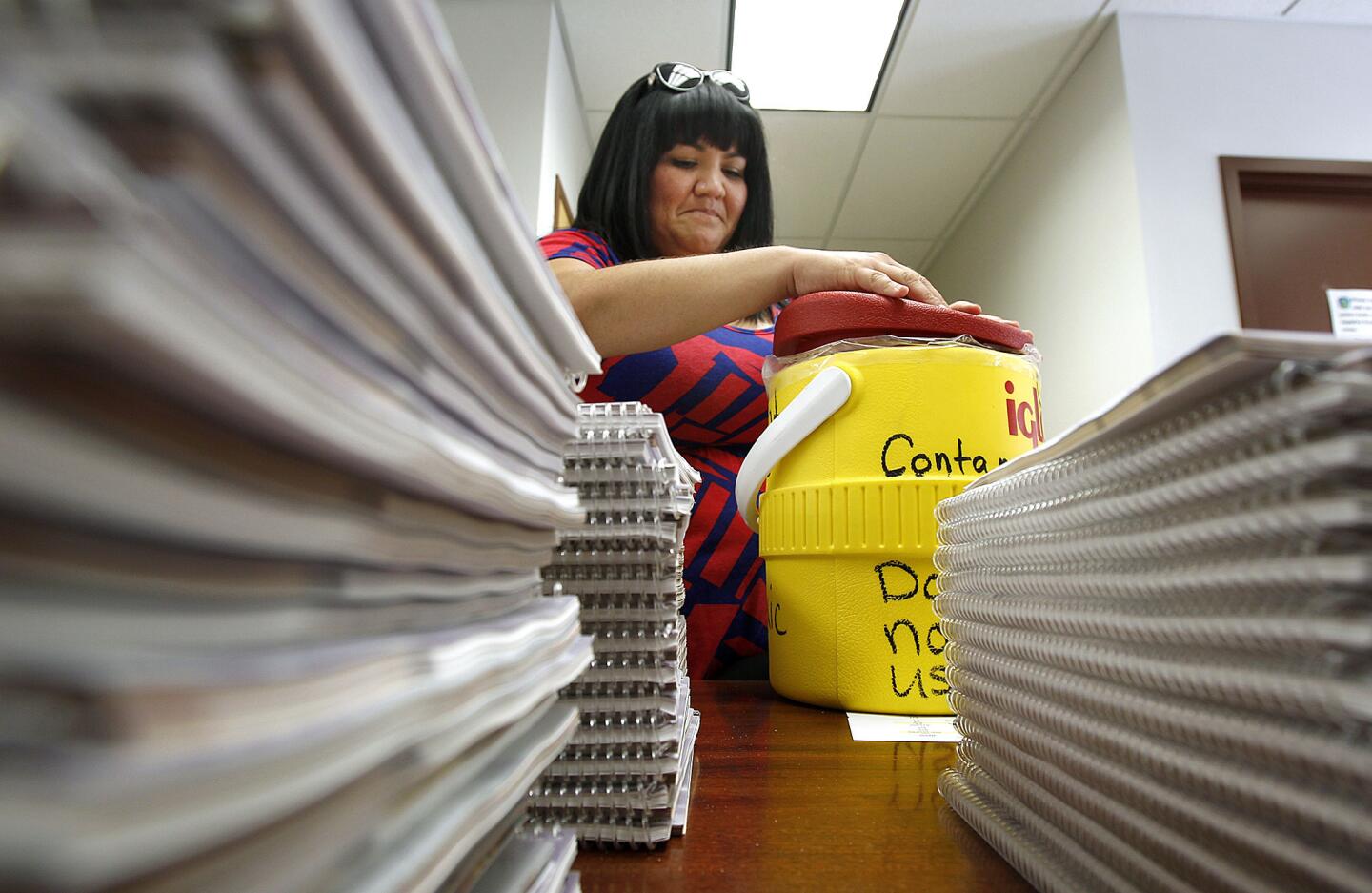
Celia Garcia, who grew up in Mecca, an unincorporated area of Riverside County, opens a container with a sample of the noxious odor that drifted from a nearby soil-recycling facility into Saul Martinez Elementary School. She and others were sickened by the fumes. (Christina House / For The Times)
California’s rules on handling hazardous waste are among the nation’s strictest. But there are huge holes in the system.
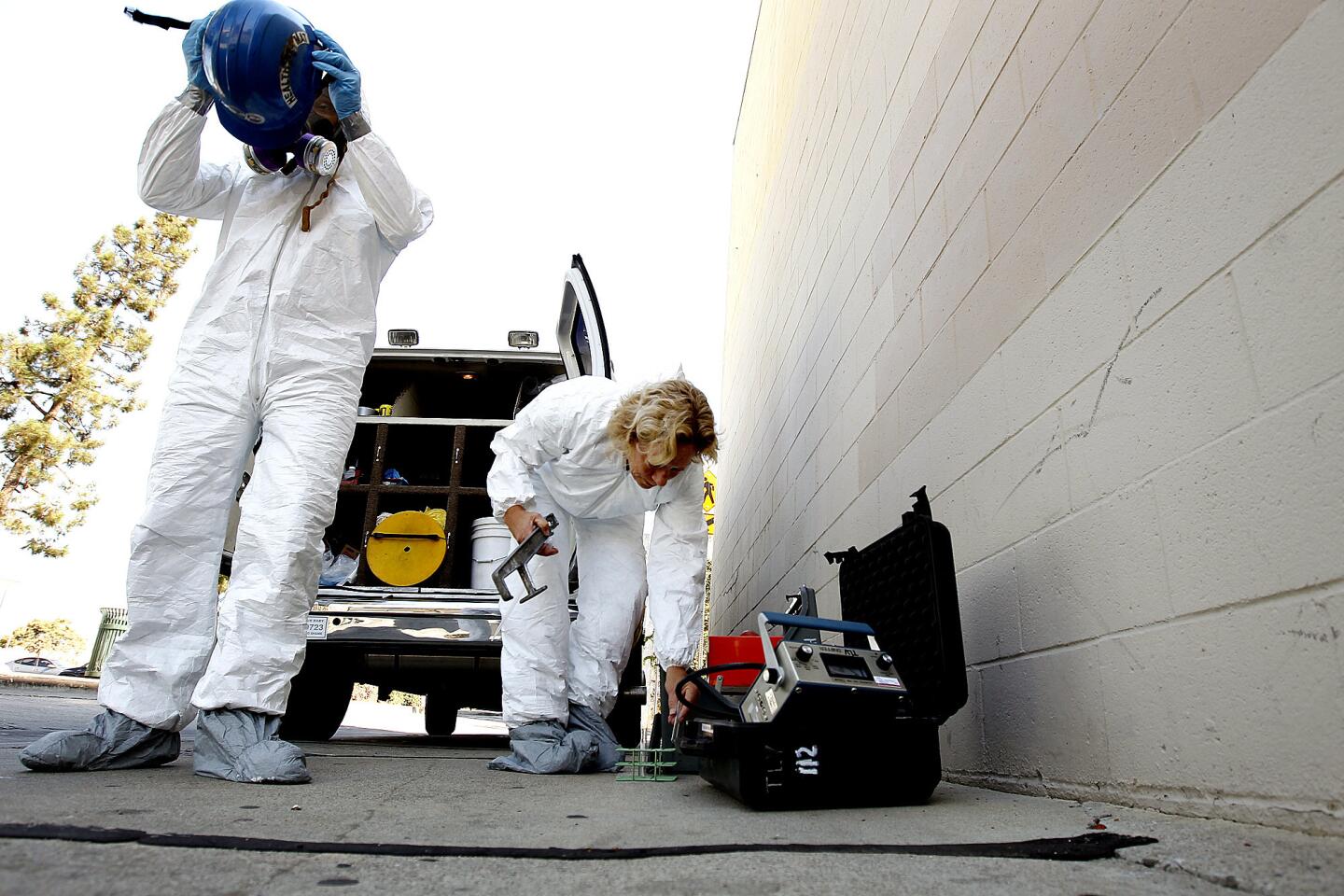
Los Angeles County Fire Department hazardous materials specialists Mario Benjamin, left, and Nancy Parson respond to a call in Whittier to identify an abandoned container in an alley. (Christina House / For The Times)
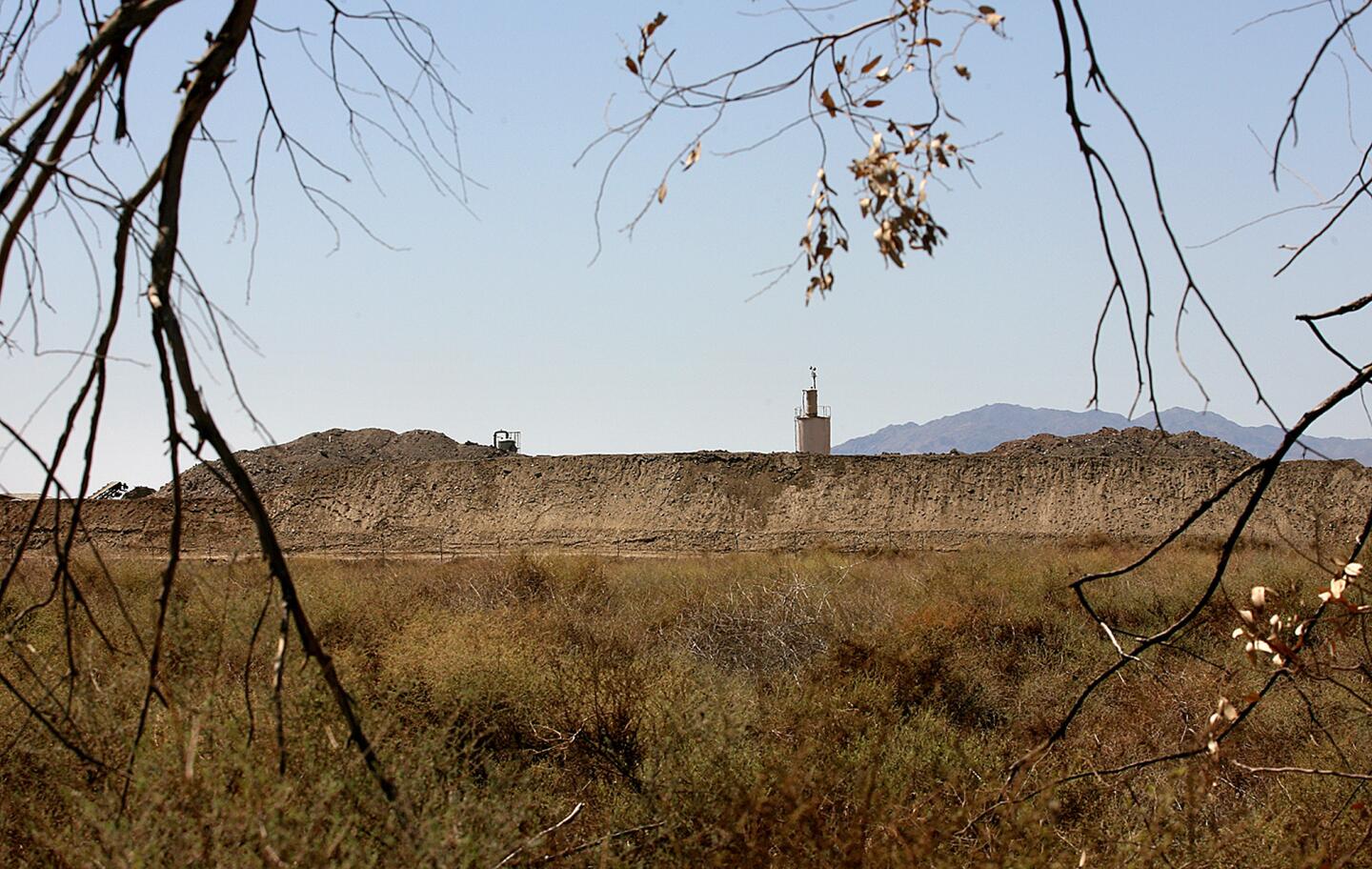
In late 2010, teachers and children at Saul Martinez Elementary School were evacuated, overwhelmed by noxious odors from Western Environmental Inc., a nearby soil-recyclng facility. The plant is on land owned by the Cabazon Band of Mission Indians. (Christina House / For The Times)
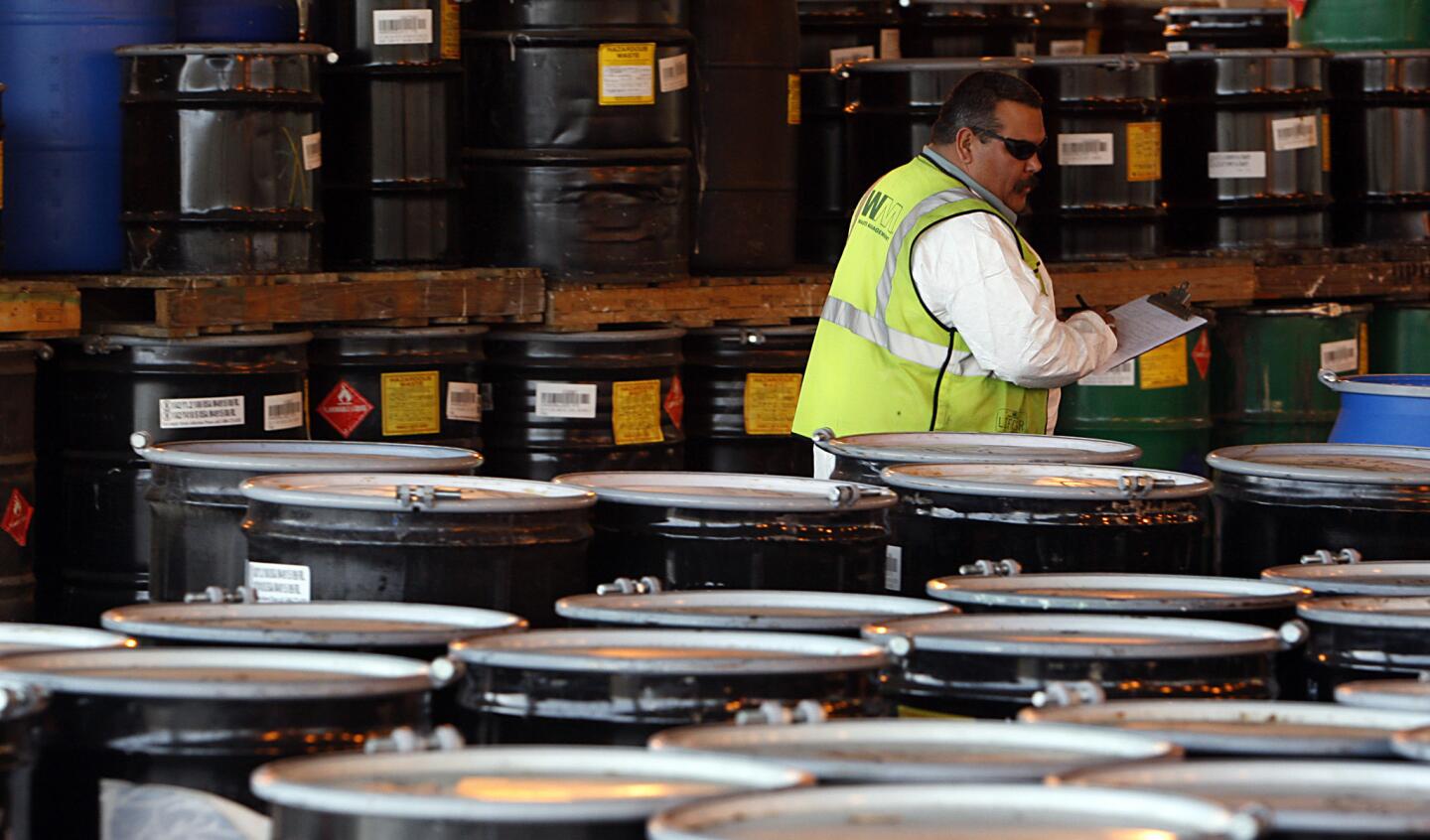
A worker inventories hazardous waste destined for burial at Chemical Waste Management’s facility in Kettleman City, one of two active landfills in California licensed to accept such dangerous shipments. (Luis Sinco / Los Angeles Times)
Advertisement
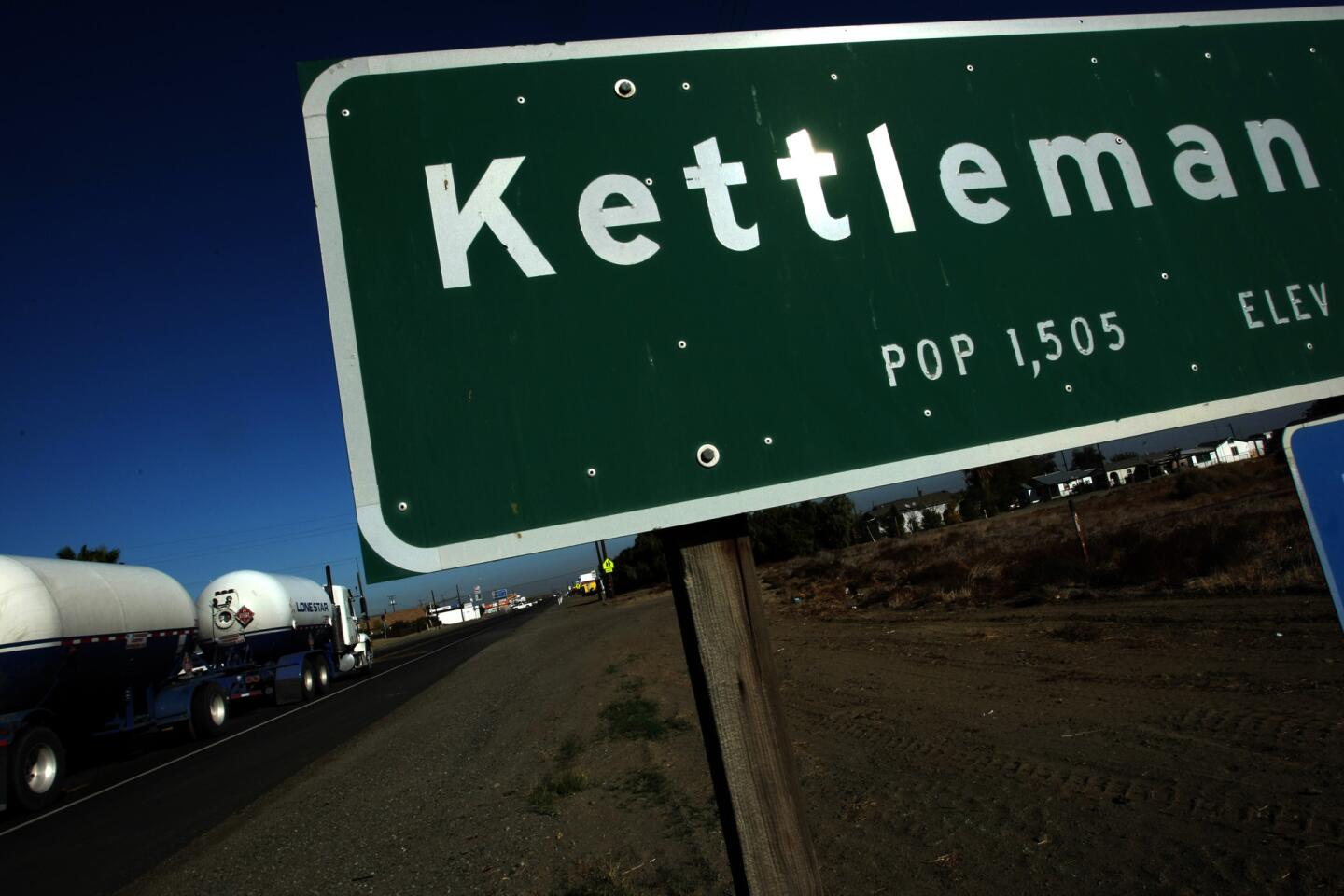
A truck makes its way along Highway 41, which runs through the town of Kettleman City. A state regulatory agency has issued 72 violations alleging that spills of hazardous chemicals went unreported for four years at a toxic waste dump in the Central California town. (Genaro Molina / Los Angeles Times)
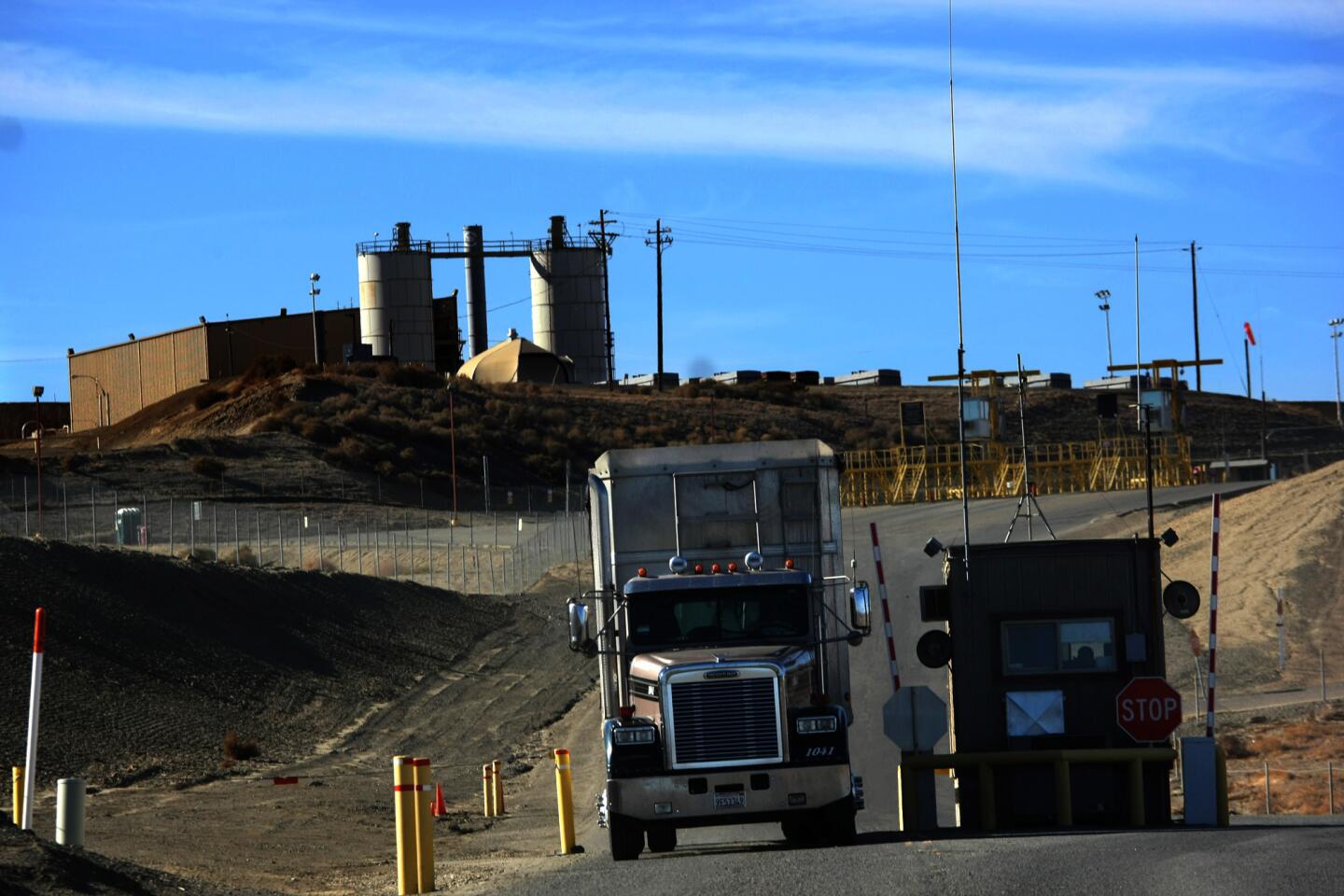
After dumping a load of toxic waste, a truck exits Chemical Waste Management in Kettleman City. Fifty-eight shipments destined for the landfill never arrived. (Genaro Molina / Los Angeles Times)







